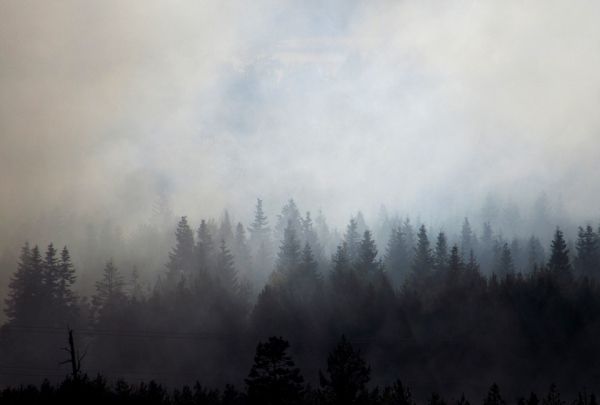Over the last few years of frequent and intense wildfire seasons, many parts of the U.S. have experienced hazardous air quality for days on end. At the same time a number of low-cost air quality monitors have come on the market, allowing consumers to check the pollutant levels in their own homes and neighborhoods. So, air quality scientists at Lawrence Berkeley National Laboratory (Berkeley Lab) wanted to know: are these low-cost monitors any good?
The answer is: yes – to a degree.
Published recently in the journal Sensors, their study tested four models of low-cost air quality monitors during actual wildfire pollution events and found that their readings of PM2.5 – or particulate matter under 2.5 microns, which has been linked to respiratory and cardiovascular issues – were consistently higher than the reference monitor used by the regulatory agencies; however, since each monitor had a relatively consistent response to the smoke, it is possible to use the readings to estimate true PM2.5 levels. Overall, the researchers concluded that the monitors can provide actionable information.
“We compared the low-cost monitors to one that is used by regulatory agencies in air monitoring stations. It turns out their correlations are phenomenally good. When one goes up, the other goes up at the same time, and it is proportional. That gives us a lot of hope for being able to use them for real information,” said Woody Delp, one of the lead authors of the study. “And it could let someone know how well their new portable air filter is reducing smoke particles. But from an absolute point of view, it’s becoming clear these sensors require some adjustments and checks to use the numbers.”
Read more at DOE/Lawrence Berkeley National Laboratory
Photo Credit: BlenderTimer via Pixabay


